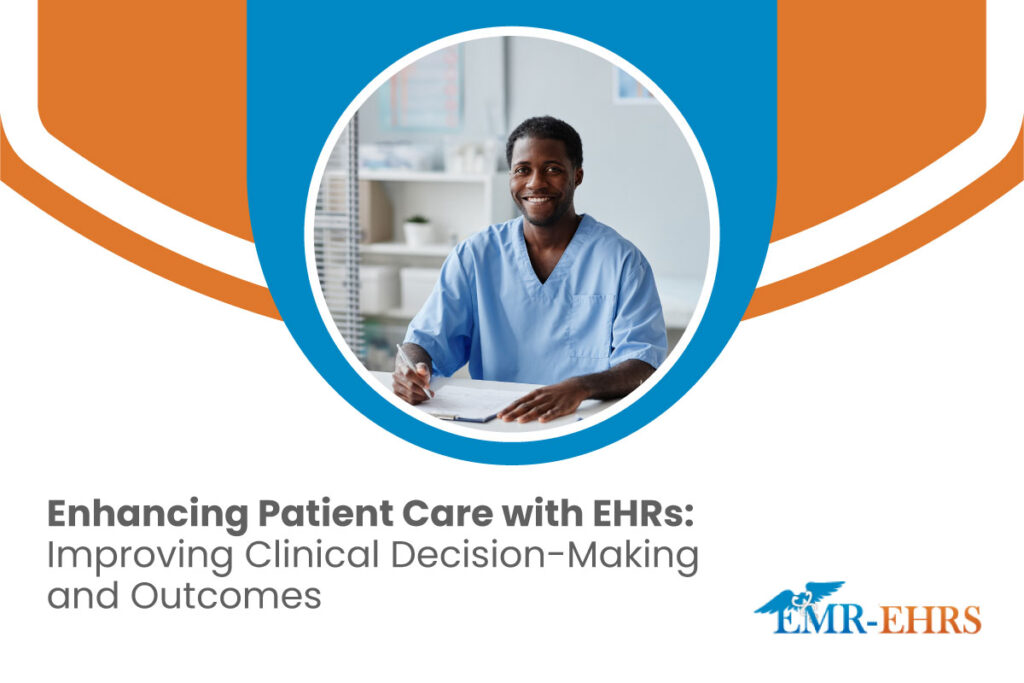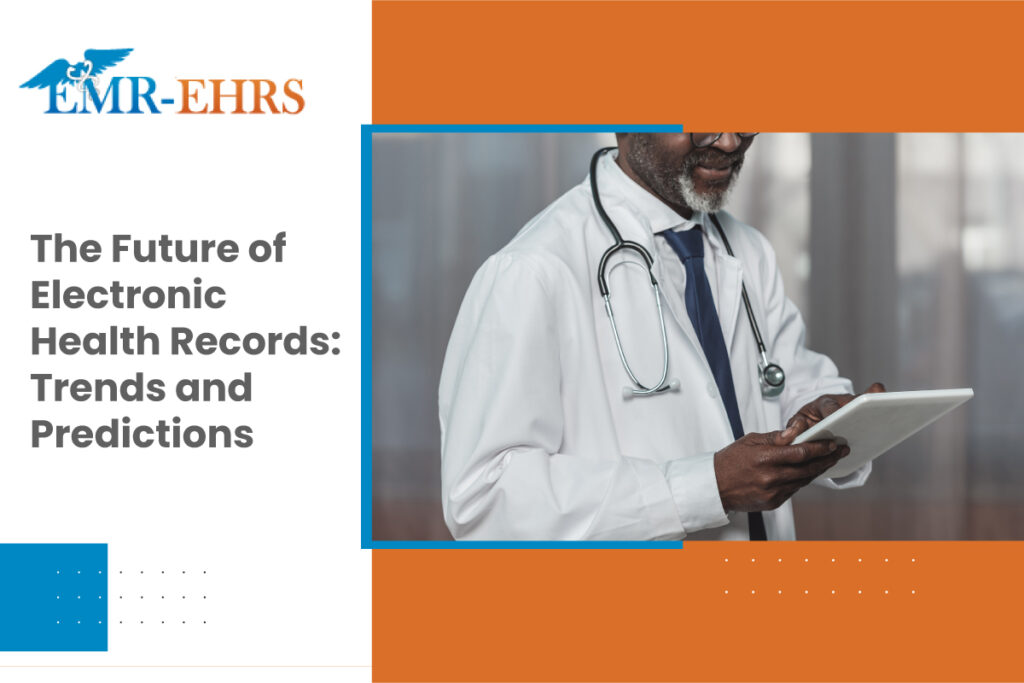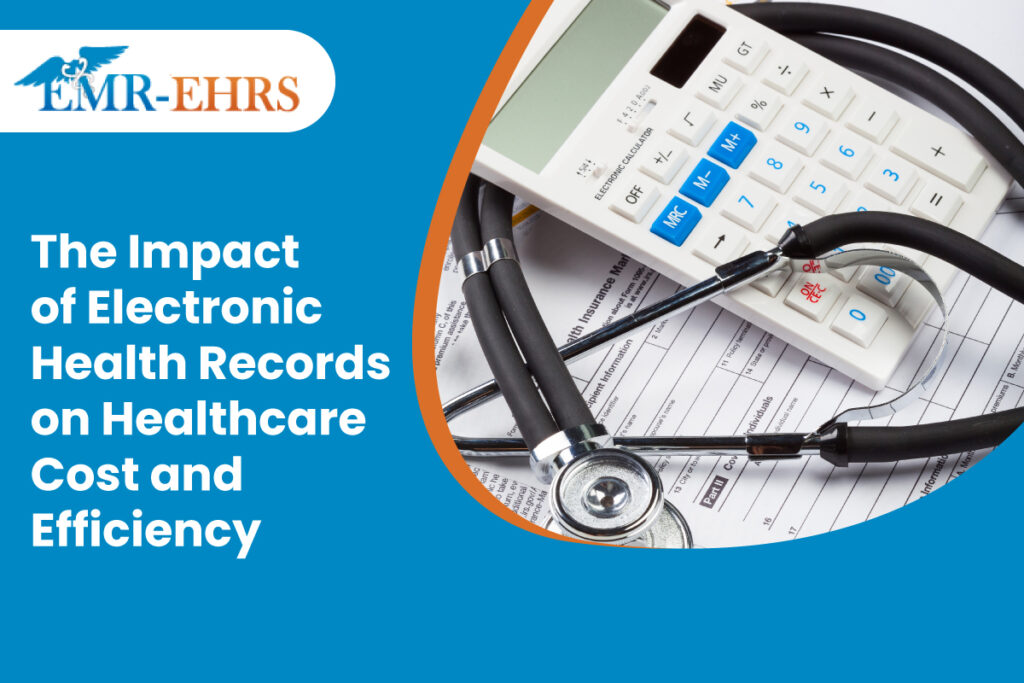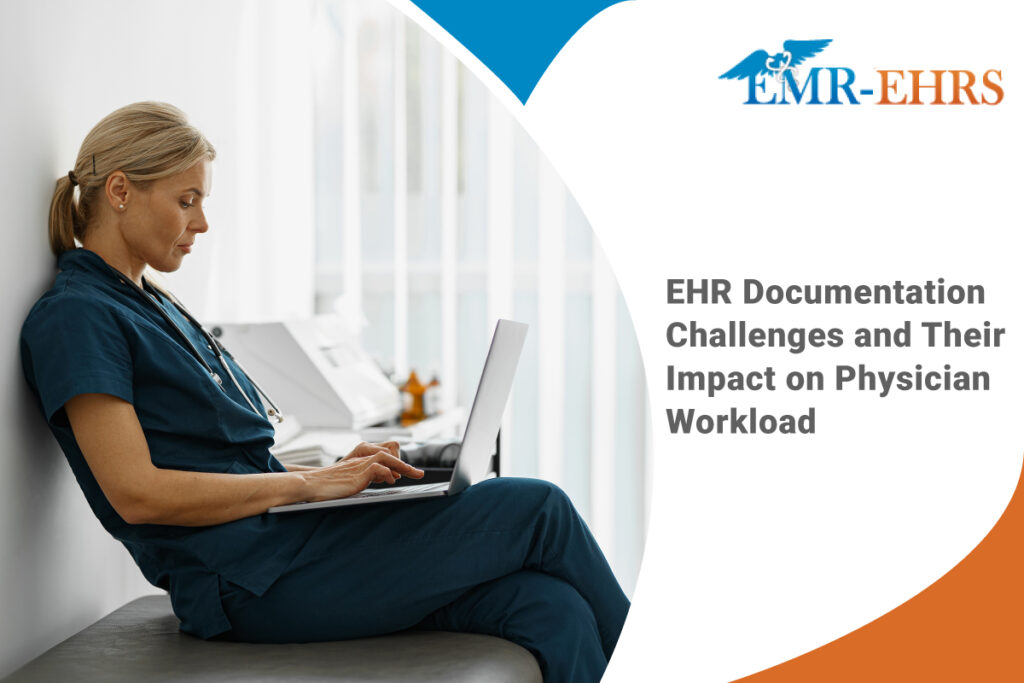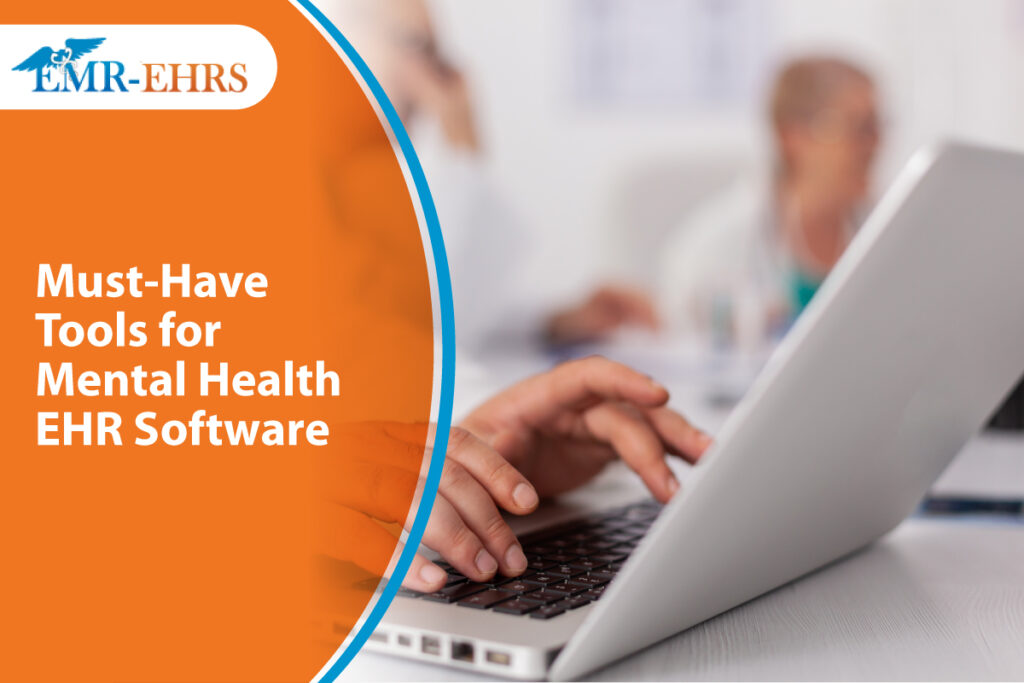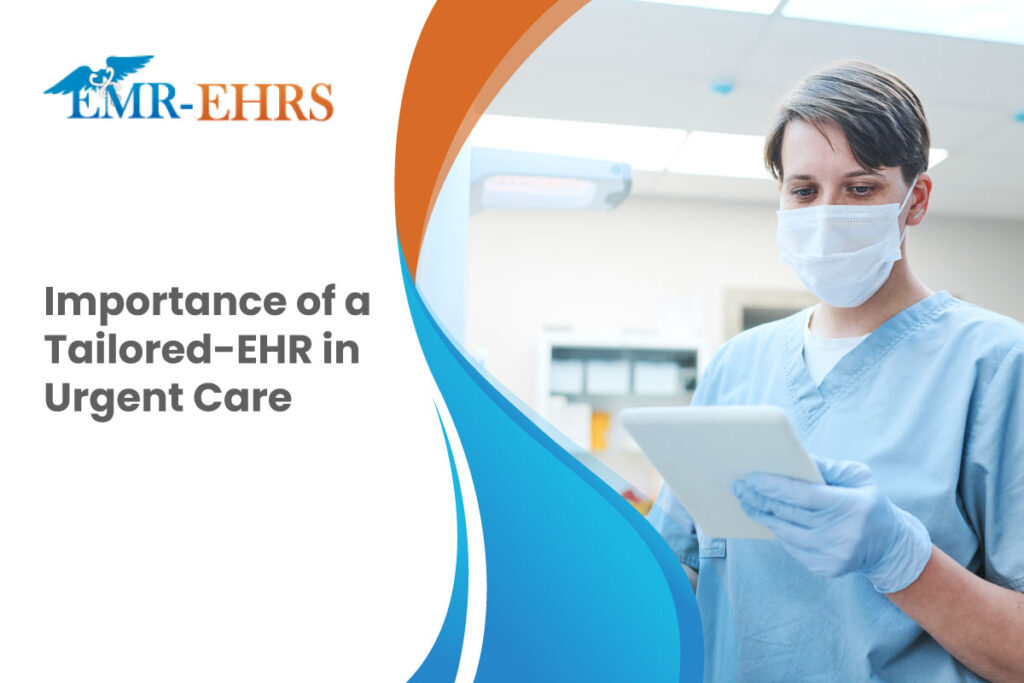
Every healthcare provider understands the heavy burden of maintaining the privacy, confidentiality, and security of health information. However, with the rising cyberattacks on medical institutions, your responsibility as a provider to protect patient data has never been more crucial.
Healthcare remains one of the most vulnerable sectors to cybercrime, with healthcare organizations suffering an average of 1,410 weekly cyberattacks in 2022—an 86% increase from 2021.
It is, therefore, vital to implement strong security measures to prevent unauthorized access, breaches, and misuse of sensitive information. These measures involve employing encryption and authentication protocols and conducting regular security audits.
By emphasizing the importance of data security in electronic health records (EHRs), you instill confidence in patients and foster responsible data handling within your organization. Prioritizing privacy safeguards strengthens your relationships with patients, upholds ethical obligations, and maintains trust.
This blog will discuss how you can leverage your EHR software to beef up your practice’s cybersecurity infrastructure.
Why Is EHR Better Than Paper Records?
Electronic health records offer more control over privacy, confidentiality, and security than traditional paper-based records. Paper files are prone to getting lost or misplaced.
If you unconsciously leave paper files out in the open, unauthorized individuals may gain access to sensitive information that might compromise the safety of your patients. The lack of built-in security features and tools makes paper records less secure in providing data security and privacy.
Alternatively, if you decide to use an EHR instead of paper records, you must take certain precautions in advance. As one example, investing in an EHR also involves implementing security measures. This process is to ensure the confidentiality of patient health information. Remember: Patients should feel secure about their personal information and be able to control who has access to it.
5 Best EHR Security Measures for Protecting Data Privacy and Security
Recent studies state that hospitals account for 30% of all major data breaches in the healthcare sector. A significant majority of healthcare organizations, precisely 51%, reported a rise in data breaches since 2019. In the initial six months of 2022, a total of 337 breaches occurred, impacting a substantial number of individuals—approximately 19,992,810 people.
There is no denying that your healthcare organization is at risk from a wide range of cybersecurity threats. Unfortunately, these threats can devastate your medical practice if you do not address them beforehand.
With these EHR privacy and security features, you can keep your practice safe and protect your patient’s confidential information.
1. Secure Data with Encryption
Healthcare data encryption protects sensitive medical information. Since EHRs, mobile devices, and email transmissions of protected health information (PHI) have increased rapidly, encryption has become more necessary.
Additional Benefits of EHR Data Encryption:
- Data encryption helps you comply with the Health Insurance Portability and Accountability Act (HIPAA) more easily.
- It makes your data more secure, whether you send or store it.
- When data is encrypted, it remains intact. If a hacker tries to alter it during transmission, the recipient will know it has been tampered with.
- It keeps your private and personal information safe from theft.
- Encryption also protects your data when you use different devices.
- Encryption can save you money from fines and other costly legal repercussions that could stem from data breaches.
Meanwhile, a paper record is easily accessible — anyone can read it, transcribe details, make a copy, or scan or fax the information. With an EHR, you can secure patient data and privacy using EHRs robust encryption methods.
2. Ensure Password Protection
When it comes to securing patient records, password protection is crucial. It’s not just about creating strong passwords with numbers and letters. A reliable EHR system should include the following measures:
- Lockout capabilities if someone enters the wrong password more than five times.
- Passwords should mix letters, numbers, capitalization, and special characters to make them harder to guess.
- Mandatory password resets at regular intervals.
- User validation through five security questions or one-time passwords after entering the password.
- Secure your account with two-factor authentication.
To ensure data privacy and confidentiality, EHRs must have password protection. Although patients must take their passwords seriously, you are also responsible for addressing this potential privacy concern. Password security practices and promoting strong passwords help mitigate unauthorized access risks.
3. Perform Audit Trails
With EHR systems, you can enhance security by providing audit trails, which is not readily achievable with paper records. It’s challenging to determine the last person who accessed a patient’s chart or if any alterations were made when using paper records.
However, an EHR system lets you quickly track who accessed a patient’s records, when, and if their access was authorized. Suppose someone accesses information they shouldn’t see. In that case, an audit trail will expose the situation, unlike paper records, which are difficult to control. This strongly incentivizes trained employees to respect patient privacy and confidentiality.
Having a reliable audit trail platform for your medical practice offers several benefits:
✅ It helps ensure your healthcare practice follows the necessary laws and standards.
✅ It provides you with a comprehensive view of your clinical operations, enabling you to analyze and understand significant trends, patterns, and areas for improvement.
✅ It helps you troubleshoot and investigate any issues or errors that may arise within your systems or processes, facilitating quicker resolutions and minimizing disruptions.
✅ It streamlines development processes and reduces costs associated with identifying and fixing issues.
Audit trails within the EHR system are a security measure that promotes accountability and maintains patient data integrity.
4. Check for Industry Certifications
Protect your patients’ privacy using software certified by the Office of the National Coordinator for Health IT (ONC-ATCB). Only EHR systems that meet all security regulations and successfully pass rigorous testing and audits earn the ONC-ATCB certification.
Here are three main “checkpoints” that an EHR system needs to pass to become certified:
- Functionality: The system should be able to create and manage patient records.
- Interoperability: The system should be capable of communicating patient information with other systems.
- Security: The system must protect patient information from being stolen or shared improperly.
If the EHR system meets these criteria, you can be confident in its performance, compatibility, and security. An ONC-ATCB-certified EHR system protects patients’ privacy and maintains their health records more effectively than paper records.
5. Automated Data Security and Privacy Risks Assessments
Unlike paper records, EHR risk analysis evaluates electronic systems to identify potential vulnerabilities and threats to data security and privacy. Moreover, paper records require manual and time-consuming security assessment processes, which can result in human errors.
With an EHR, risk assessments are easy and time-saving. A thorough assessment should include the following elements:
- A summary of all the protected health information (PHI) your practice creates, sends, or receives.
- An explanation of how threats might affect your practice.
- An analysis of your practice’s current security measures.
- The location(s) where you physically and digitally store PHI.
- An overview of any potential threats that could become a security risk.
Utilizing risk assessment tools and conducting an EHR risk analysis ensures that you address all necessary aspects of data security, helping you fulfill HIPAA requirements.
Remember that the federal government imposes strict EHR privacy and security rules through HIPAA and the Health Information Technology for Economic and Clinical Health Act (HITECH). So you must adopt measures to comply with federal regulations to avoid penalties, fines, and other legal backlash.
Choose the Top EMR/EHR Software
Managing EHR data security and privacy is a complex and time-consuming task. That’s why it’s wise to get professional help vetting software and implementing security procedures to ensure that you beef up your data security and privacy protocols without disrupting your daily operations.
Manage your EHR’s security concerns easily by working with a trusted partner like EMR-EHRs! We’ll be able to ensure full HIPAA compliance with your EHR solution and the ongoing safety of your patient’s records.
Over the years, we have assisted medical practices with EHR/EMR selection, implementation, and software usage. We provide customized EMR/EHR software to meet your practice’s needs.
Schedule a demo or contact us through the contact form for more personalized information. Let’s work together to find the best software for your practice!
In your medical practice, how do you maintain EHR security? Let us know in the comments!

